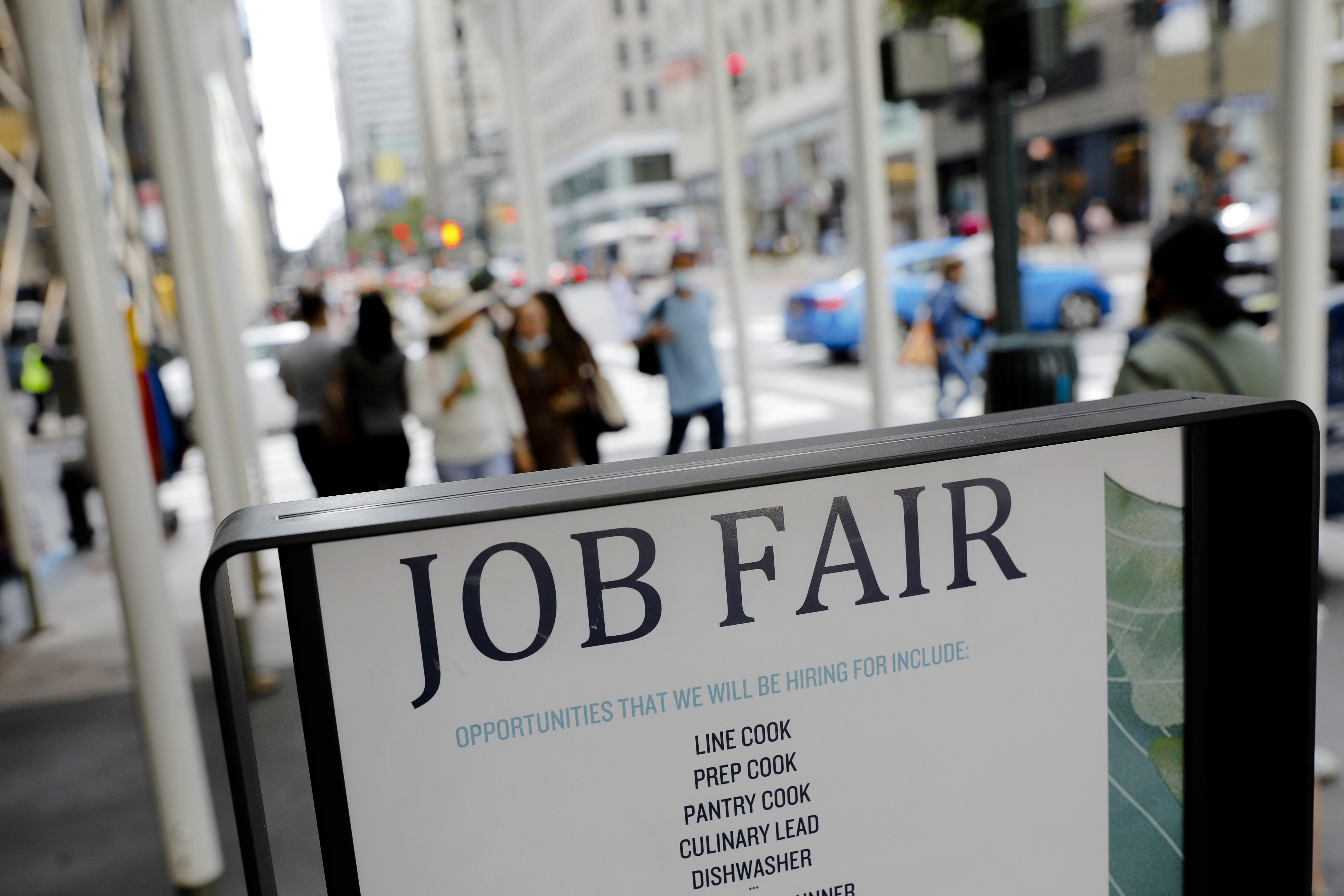Commentary
Last Friday, the S&P 500 topped 6,000 for the first time since last February, celebrating the fact that the Labor Department reported that 139,000 payroll jobs were created in May. However, as often happens, the previous (March and April) payrolls were revised down by a total of 95,000 jobs (down to 120,000 from 185,000 first reported in March, and down to 147,000 from 177,000 in April). Also, the number of federal workers declined by 22,000 in May and by a total of 59,000 since January, due to the DOGE cuts.
I tend to put more trust in the payroll data collected by ADP, the private payroll data firm, which reported last Wednesday that only 37,000 private sector jobs were created in May, the slowest job creation in over two years (since March of 2023). This has been a serious problem at the Labor Department for years now.
The downbeat ADP jobs report was confirmed by the Fed’s Beige Book survey, which reported that nine of the Fed’s 12 Fed districts reported a contraction or no change in growth. In fact, all 12 Fed districts “reported elevated levels of economic and policy uncertainty, which has led to hesitancy and a cautious approach to business and household decisions.” The Beige Book, plus the bulk of last week’s economic data, should convince the Fed that they must cut key interest rates when they meet next week.
Here are the most important developments recently and what they mean:
- This week will be all about the Consumer Price Index (CPI) announcement on Wednesday and the Producer Price Index (PPI) on Thursday. It will be interesting if the deflationary forces in the past few months persist, since that would put more pressure on the Fed to cut key interest rates. There are also Treasury bond auctions on Wednesday and Thursday that will be carefully monitored, especially the bid-to-cover ratios and the “tail” on the auctions that could cause bond yields to rise.
- There are direct trade talks between China and the U.S. in London this week. Rare earth minerals and other key trade items are expected to be discussed. Since China’s trade representatives have been defiant, it will be interesting to see if there will be any breakthroughs. The bottom line is that China and the U.S. need each other, so I suspect that the most important trade items will take priority.
- You might have noticed that small cap stocks are doing well this month. Well, June is the time for Russell’s annual index realignment. Every Friday in June, Russell announces its proposed Russell 1000 and 2000 index changes, which are fine-tuned each week. The Russell 3000 is the Russell 1000 and 2000 indices combined. The stocks that are added to both the Russell 1000 and 2000 indices naturally benefit from index accumulation and the institutional managers that like to “track” indices. After Friday, June 27th, the Russell index realignment will be finalized, and many stocks being added to the Russell indices will “pop” on Monday, June 30th.
- “Zombie fires” are now actually smoldering under the snowpack in Canada, so as the Summer days get longer, Canadian forests will continue to burn, since the fires in the peat on forest floors are very difficult to extinguish. Already this year, Canadian fires are breaking all records, so the Canadian smoke will continue to invade many U.S. cities. This is a good time to remind you that I recommend Perimeter Solutions (PRM), which makes the fire retardant that firefighters utilize and the planes drop to suppress fires. Ironically, Canadian Prime Minister Mark Carney is a big “Net Zero” guy, but Canada is expected to have the highest global emissions this year due to an early start to the annual Boreal fires when lightning ignites the peat of the forest floors.
- There is a growing debate about whether or not the “Big Beautiful” tax bill will boost economic growth. Tax cuts, deregulation, and fossil-fuel production are expected to boost economic growth, while the Congressional Budget Office (CBO) is forecasting that the federal budget deficit will rise by $2.4 trillion by 2034.
Overall, the faster money trades hands, the more economic prosperity and tax revenue are expected to rise. The CBO is forecasting 1.8% annual GDP growth, while the Trump Administration is forecasting that GDP will grow at a three (5.4% annual pace) to four (7.2% annual pace) times to CBO estimate. However, economic growth over 5% is usually inflationary, so the “Big Beautiful” tax bill will be an interesting economic experiment.
*Views expressed in this article are opinions of the author and do not necessarily reflect the views of The Epoch Times.













